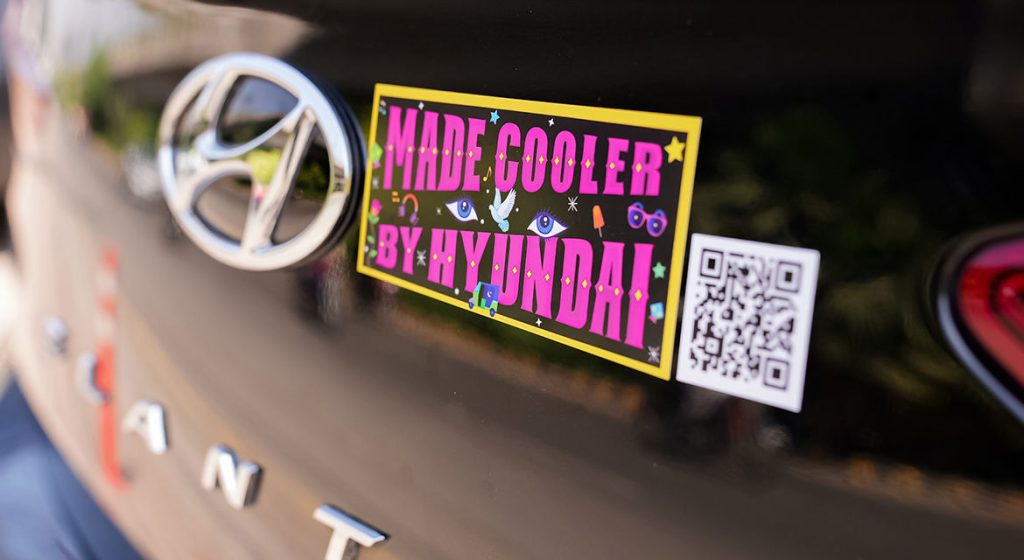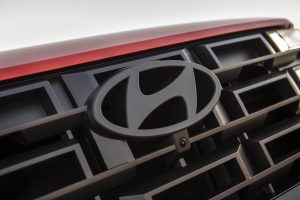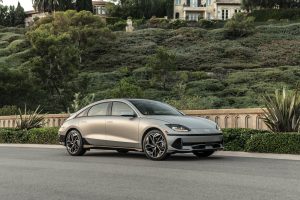Hyundai’s efforts at reducing energy consumption has caused it to develop an innovative window film that reduces interior temperature and promises to reduce AC use.
An unavoidable reality that often comes with driving a vehicle in hot temperatures is just how quickly the temperature of the cabin can go up. This makes spending time in a car uncomfortable and in turn, causes occupants to crank up the AC to get comfortable.
That wastes energy and causes the engine to use more fuel to power the AC reducing fuel economy and the amount of power on hand. Hyundai thinks that it has developed an innovative solution to this problem and is currently testing a new window film in the hottest parts of the planet to see if it can help reduce energy waste while also giving occupants an innovative way to stay cool.
Nano film promises big reductions
Unlike other innovative features, Hyundai’s attempt to solve this problem does not involve an elaborate gadget or other complex features. Instead, it uses a special film on the window that goes far beyond the typical application you see at your local aftermarket shop.
That’s because of the engineering that went into the film with Hyundai saying that its Nano Cooling Film can block out and radiate external heat towards the outside of the vehicle. The first layer is designed to reflect heat at mid-infrared layers while the two inner layers reflect heat at near-infrared wavelengths. This is supposed to improve cabin temperatures and help reduce the need to turn on the air conditioning to stay cool.
Hyundai is putting it through the ultimate test
To find out if the film can indeed fulfill that promise, the company took it to Lahore, Pakistan and applied it to 70 customer vehicles. Hyundai says that it chose the area because temperatures in the city can go as high as 122 degrees and that local ordinances prevent customers from applying similar film treatments themselves with Hyundai presumably getting an exemption from local authorities for this program.
Hyundai says that it is already seeing results, with testing confirming that the film helped lower temperatures with lab tests revealing that the film reduced temperatures at the driver’s head by 19.8 degrees versus traditional tinting and 22 degrees when compared to non-tinted windows.
More Hyundai Stories
- Hyundai Kona Gets Bigger While Offering More for 2024
- First Drive: Hyundai Ioniq 5 N Sets the Benchmark for EV Performance
- 2024 Hyundai Sonata and Elantra Get “Major-Minor” Updates
Could the film be coming to a dealership near you?
Hyundai chose to keep potential production plans close to the vest but did confirm that the film could be applied in tandem with traditional tinting treatments. This would allow consumers to still get the benefits from traditional tinted windows but with the added edge brought about by the Nano Film.
A main obstacle though is regulations with various markets around the world having different laws regarding the legality of window tints outside of certain situations. In the U.S. some states have a zero-tolerance policy on tints of any kind and that could limit the reach of this film to select markets where they are more tolerant of tint applications onto automobiles not being used for certain professions like limousines.










0 Comments